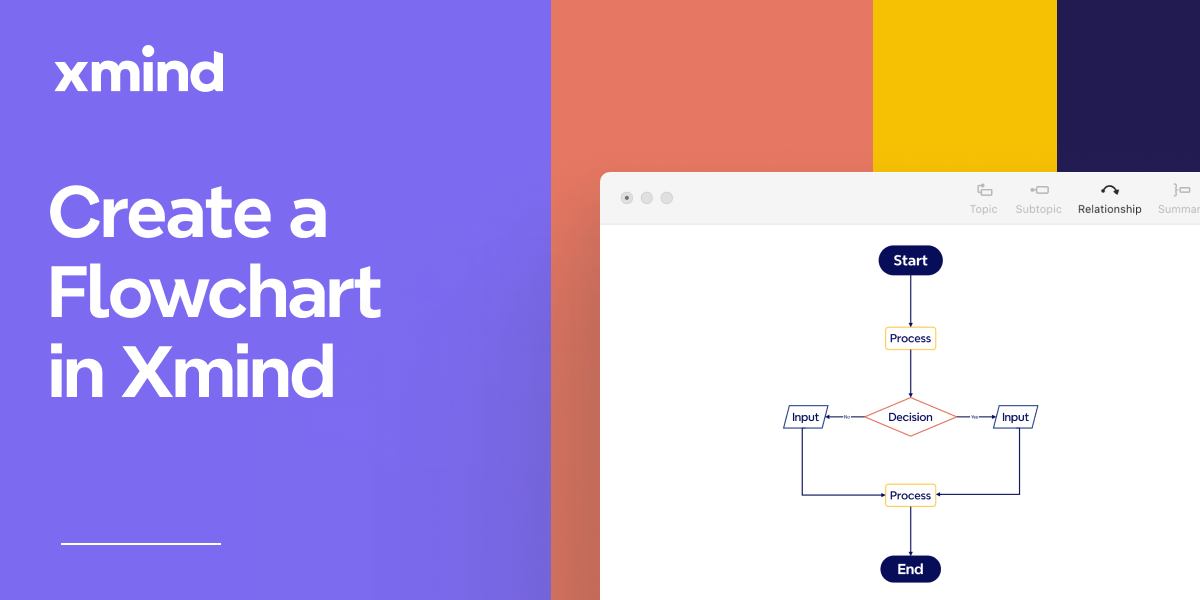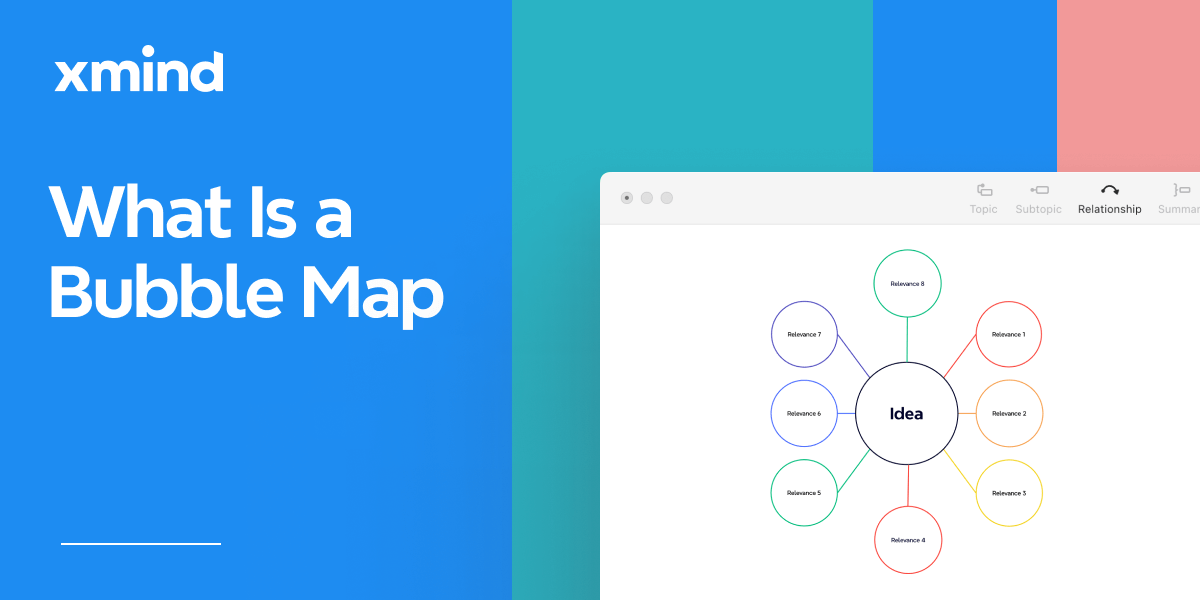Jan 12, 2024
How to Produce a Beautiful Character Relationship Map with Xmind
Jan 12, 2024
How to Produce a Beautiful Character Relationship Map with Xmind

Have you ever encountered this situation? When reading lengthy novels or slightly more mind-boggling TV series, we often get confused because of the complicated relationships among characters. At these times, a clear and delicate character relationship map comes in handy. It helps you to clarify the relationships among the characters and depict the life maps of each character. In this article, we will introduce all the tutorals and tips using a powerful mind mapping tool - Xmind
What Is a Character Relationship Map
A character relationship map is a visual diagram that displays the connections between characters in a story. It is extremely useful for writers creating complex narratives and for readers or scholars seeking to understand character dynamics. By depicting characters as nodes and their relationships as lines, these maps clarify how individuals interact, whether through friendship, rivalry, family ties, or romance.

Character relationship maps are not only helpful for tracking current connections but also for showing how relationships evolve throughout the story. Their easy-to-digest format makes them perfect for educational purposes, literary analysis, and aiding in the creative writing process. With the added benefit of helping to improve comprehension, character maps are a must-have for anyone delving deeply into complex narratives.
How to Make a Character Relationship Map Template with Xmind
Now that you have a clear idea about what it is, we will walk you through how to create a clear and attractive character relationship map template using Xmind. Let's get started!
Step 1: List Main Characters with "Floating Topic"
In novels or plays, characters are generally centered around the main characters, with secondary characters related to them. Use "Floating Topic" on the sheet to list out the characters in sequence.

Step 2: Sort Out the Relationships
The first step only allows us to see one-sidedly what characters appear in the novel or movie, but we do not know what exactly happens between them. So we need to sort out the "relationships" between the characters — Are they families, spouses, exes, close friends, or arch-enemies? The key tool here is the "Relationship", which can connect each independent Floating Topic with various types of lines.

Step 3: Align Floating Topics
As stated in the Four Principles of Design, alignment makes things more organized, orderly, and easier to visually associate. When drawing the map, we can align floating topics to make the entire layout more uniform. We can select a floating topic, right-click to open the "Align Floating Topic " and choose the alignment method.

Step 4: Set the Style of Relationship Lines
The relationships in the character map can often be intricate. At this time, you can set the lines to be an appropriate shape, which makes the overall look concise and clear.
In "Crime and Punishment", we changed the style of the relationship lines. Then by clicking update, we can update all line styles in one click.

Step 5: Tag the Roles with Label
We can rearrange the content of the relationship map, such as unifying the relationship description, using "Label" to display character traits or identities. In "Crime and Punishment", we display the characters' identities in the form of tags. This makes relationships among characters more notable and clear.

Step 6: Upgrade the Color Theme
Choosing the right "Color Theme" is always seen as a tough issue. It’s easy for people to end up with an eye-piercing combination. But don't panic! Our Color Theme in format panel has prepared beautiful color schemes for you. With just one click, you can have a visually pleasing color combination.
 If you want to customize the colors, you can use the color panel for customization. Use the color picker to absorb the colors that attract you.
If you want to customize the colors, you can use the color panel for customization. Use the color picker to absorb the colors that attract you.
Step 7: Fine-tune the Frame
We can use a floating topic with a title and relationship lines to add a frame. Or we can use Map Shot, and set the color and thickness of the line of the frame.

A final reminder to you all: to avoid the character relationship maps look messy, please pay attention to these two points:
Firstly, make sure to differentiate the content hierarchy. Not everything should be styled the same way. Minimize the less important elements and highlight the important ones.
Secondly, be flexible with colors. Use the color themes preset by Xmind. In this way, you will likely end up with a nice, clear mind map. Any additional decorations, like frame or font selection, would just be icing on the cake.
More Character Relationship Map Templates Created with Xmind
"Crime and Punishment"

"One Hundred Years of Solitude"

"Oppenheimer"

More Posts
Flowchart Essentials: Definition, Templates, and Free Softwares
Discover the power of flowcharts with our detailed guide. Learn what a flowchart is, explore practical use cases, and discover how to create and optimize them using softwares like Xmind and Xmind AI for enhanced workflow efficiency.

Bubble Maps: Definition, Examples, and How to Create in Xmind
Discover the power of bubble maps for data visualization with our comprehensive guide. Learn about different types, practical applications, and best mind mapping tools like Xmind. Get step-by-step instructions and expert tips to create stunning bubble maps for brainstorming, project management, and report writing.

The Complete Guide to Organizational Chart [2024]
Discover the simple steps to build dynamic organizational charts with Xmind.


One space for all your ideas
Organize thoughts, visualize structures, connect ideas, and unlock insights.
Get Started for Free


